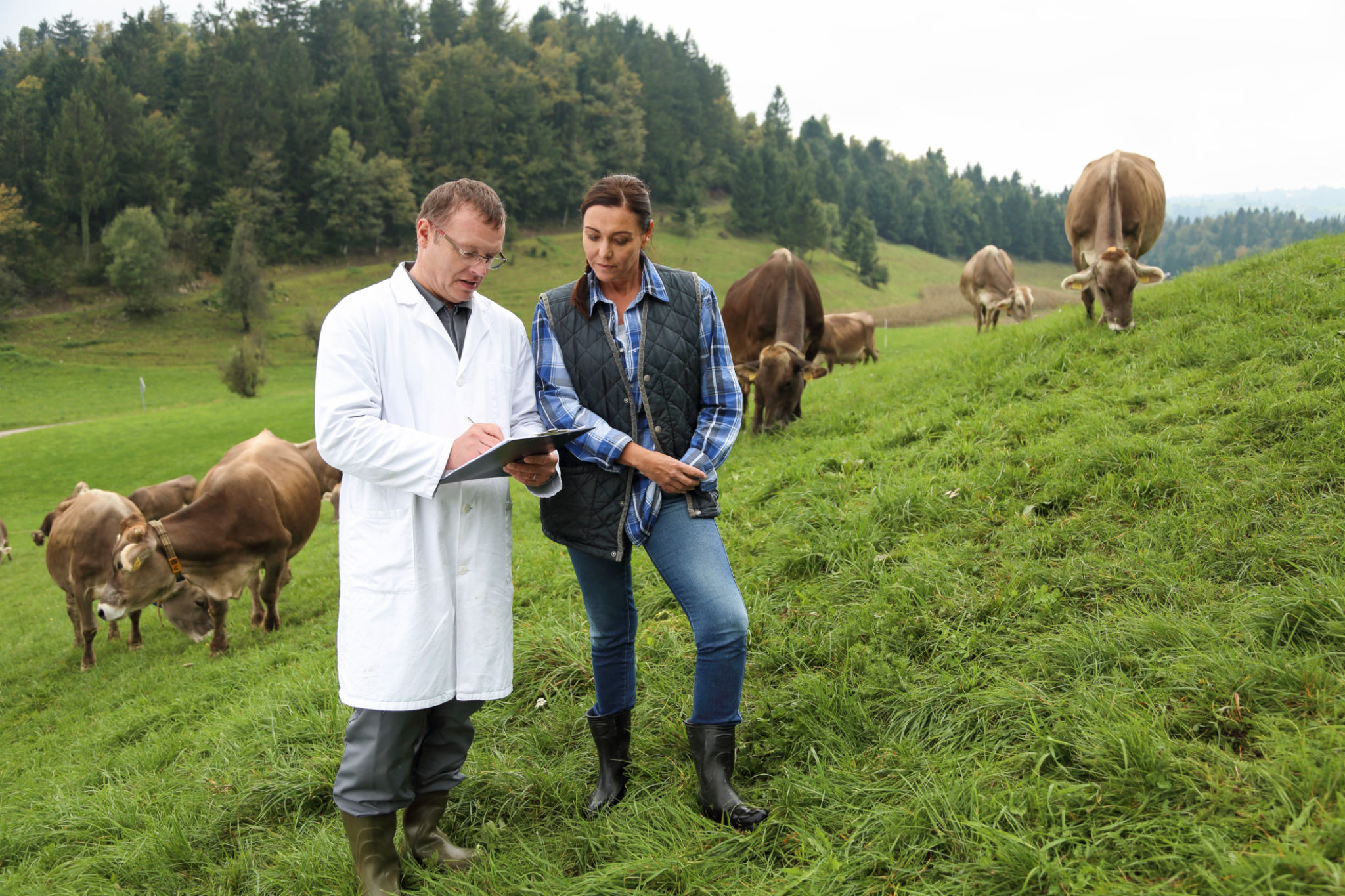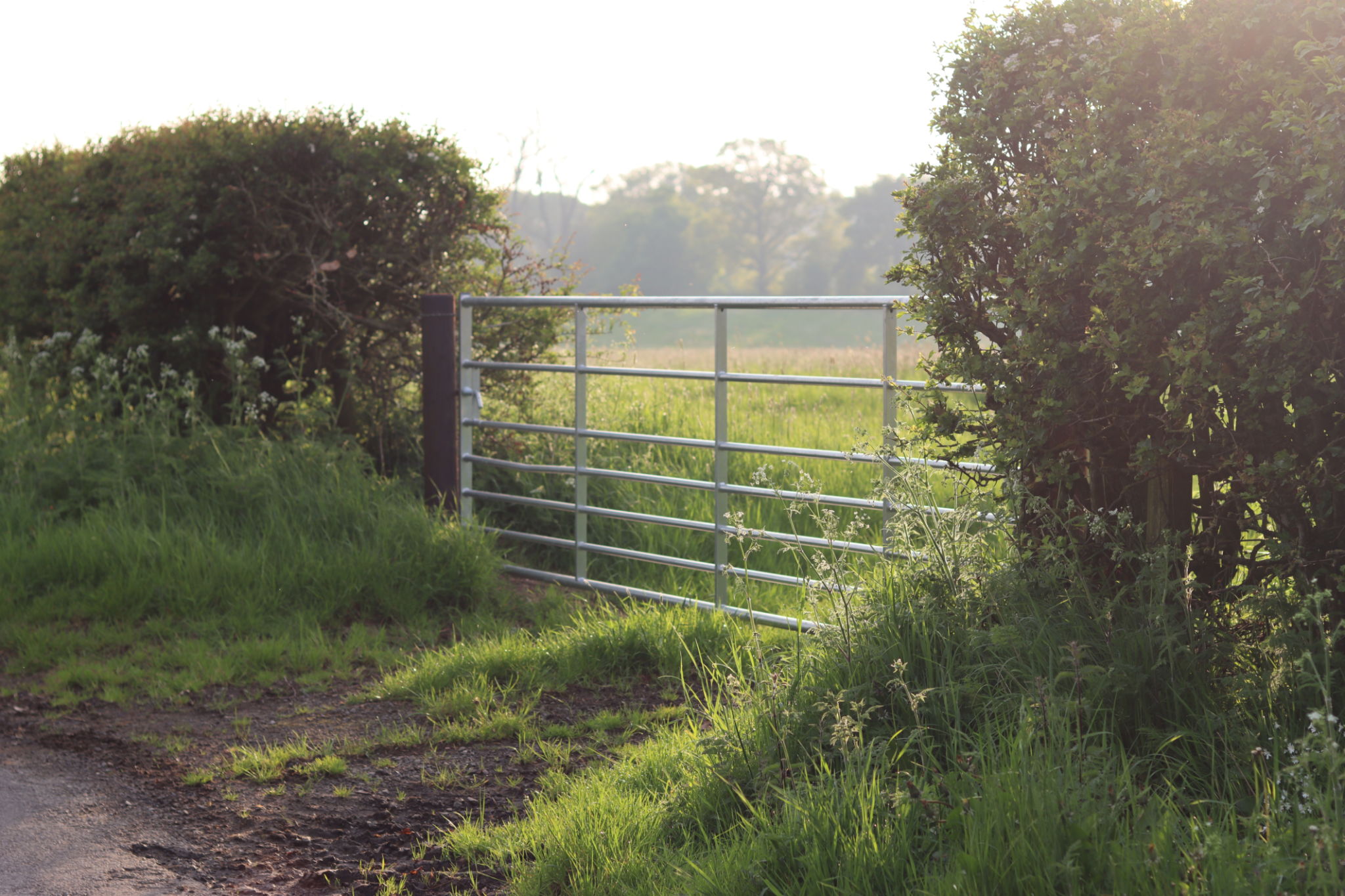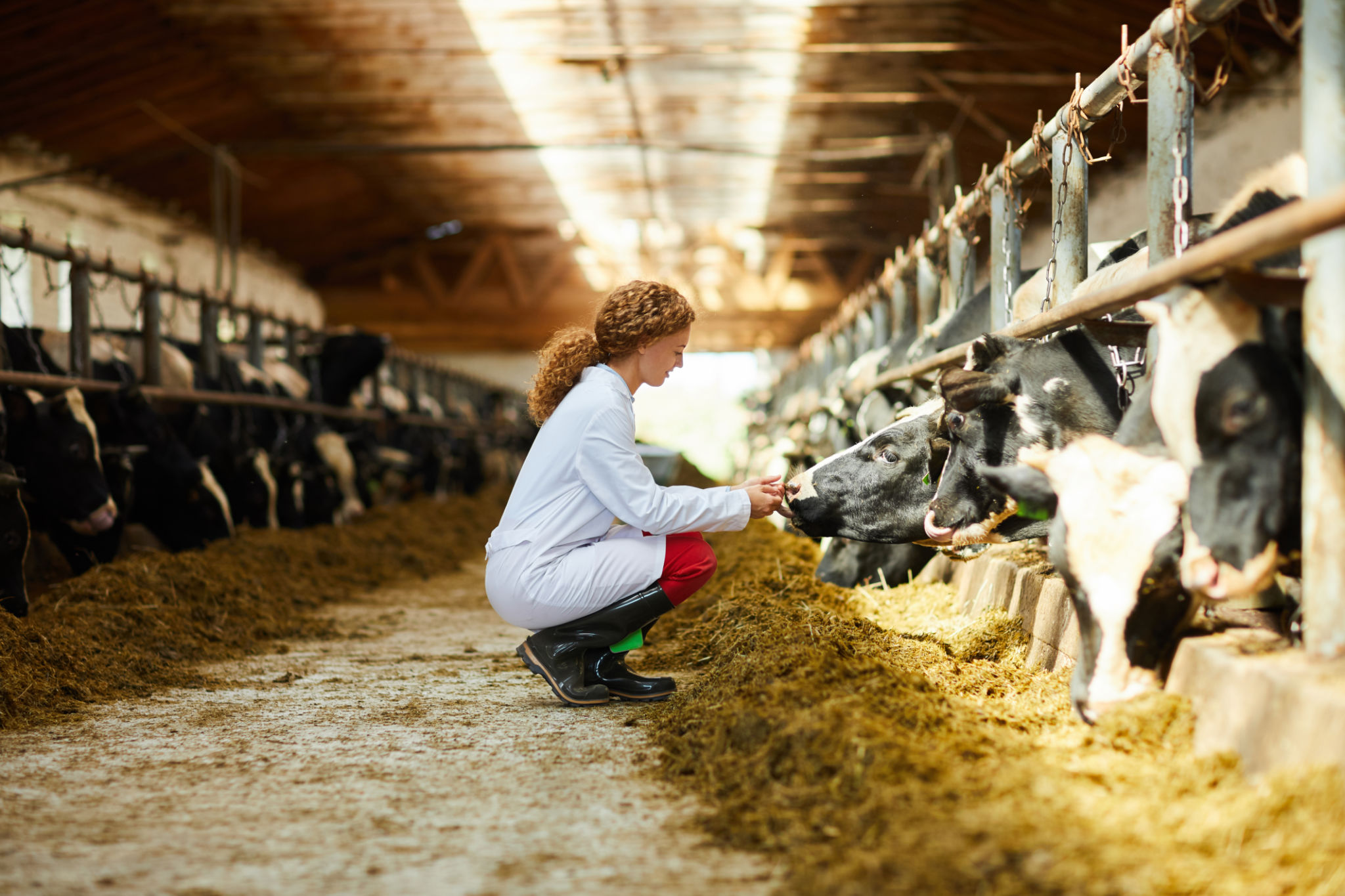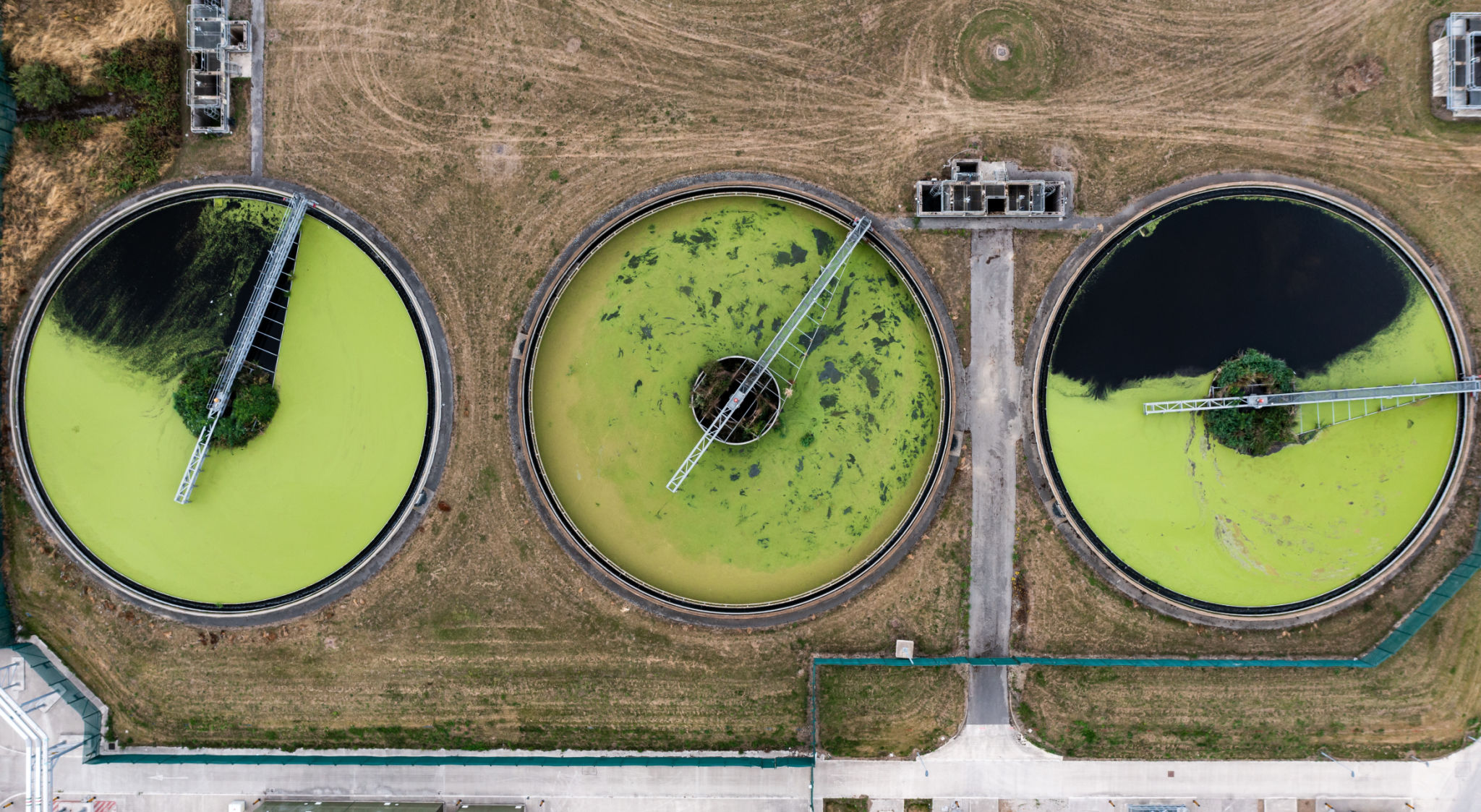Preparing Your Farm for a Department Inspection: A Step-by-Step Guide
Introduction
Ask any farmer who's had one and they'll tell you that there's nothing like the flutter in your chest when word comes through that there's an inspection’s on the way. Even if you’ve nothing to hide, it puts you on edge. You start second-guessing yourself: Did I update that remedies book? Are all the calves tagged? Is the vet cert still stuck to the fridge?
But here’s the truth: inspections aren’t about catching you out, they’re about making sure farms are safe, sustainable, and run with care. The trick is preparation, not perfection. And the farms that sail through aren’t the flashiest, they’re the ones with their house in order, paperwork tight, yards safe, and livestock well looked after.
So here’s a proper, no-nonsense guide to help you do just that.

Start with the Paperwork – It Sets the Tone
The paperwork might seem like the driest bit, but it’s the foundation of the inspection. If your documents are scattered in gloveboxes and biscuit tins, the whole thing starts on the back foot.
What to have on hand:
- Your herd register, up to date and matching movement records on the AIM system.
- Remedies log showing every dose, date, product, and withdrawal period.
- Slurry and fertiliser application records. Since early 2023, all chemical fertiliser purchases must be logged online.
- Feed invoices and product labels. These need to be kept for at least five years.
- Soil test results if you’re in ACRES or applying lime, less than four years old.
- Nutrient Management Plan, especially if you’re in a derogation or have intensive grassland.
- Proof of participation in schemes like ACRES, Eco Scheme or TAMS, including commitments and maps.
Don't leave it to the night before. Have everything filed, printed if possible, or easily accessible online via AgFood.

The Yard Walk: Fix What’s Fixable, Tidy What’s Tidy
Inspectors will walk the farm, not to nit-pick but to make sure you’re not running a risk, either to yourself, the animals, or the environment.
Things they’ll quietly take note of:
- Are gates hanging properly? Any sharp edges or broken slats?
- Are slurry tanks and lagoons secure and signposted?
- Is machinery safely stored, or left in a way that’s a danger to others?
- Is chemical storage locked, dry, and clearly labelled?
- Are livestock pens safe to work in? Think crush safety, head gates, and slip hazards.
- Are feed stores clean, pest-free, and structurally sound?
The overall state of the yard matters. It doesn’t need to be spotless, but it should show that you take pride in what you’re running.

Livestock Welfare: They’ll See What You See (and What You Don’t)
Animal welfare is a central part of any inspection. One missed tag, one lame animal without treatment, and the conversation shifts.
Get ahead of it:
- Double-tag every animal. No excuses. One missing tag leads to more digging.
- Calf registrations must be done within 27 days of birth.
- Ensure animals have access to clean water and suitable bedding where housed.
- If any animals are sick or lame, document the treatment, vet call, or decision.
- Housing should allow enough space per head. Don’t overcrowd.
Walk the sheds yourself a few days ahead. Imagine you’re seeing it for the first time. Better yet, ask a neighbour to do it with fresh eyes.

Environmental Compliance: It’s Under the Microscope
Fertiliser use, slurry storage, and water protection are no longer side notes—they’re key parts of compliance.
Here’s what they’ll ask:
- Have you enough slurry storage for your stocking rate? You’ll need proof- calculations or Teagasc reports.
- Are you using low-emission spreading methods if in derogation or above certain nitrogen limits?
- Is clean water properly diverted away from tanks or sheds?
- Are buffer zones respected near ditches, streams, or wells?
- Are there signs of runoff, over-spreading, or poaching?
The closed period for spreading is now strictly enforced. Weather excuses won’t hold if your tanks were already full in October.

Scheme Compliance: Follow the Promises You Made
If you’ve signed up to ACRES, Eco Scheme, or TAMS, then you’ve also committed to doing certain things a certain way.
Here’s what to double-check:
- ACRES actions like low-input pastures, buffer strips, or field margins must be marked, undisturbed, and grazed or cut as agreed.
- Hedgerow management should follow the rules on cutting dates and biodiversity.
- TAMS-funded equipment or infrastructure should be in place, used properly, and available for inspection.
- Derogation farmers must have soil tests, a nutrient plan, and use low-emission slurry spreading gear.
A surprising number of penalties happen because farmers forget the details of what they signed up for. Go back over your application and refresh the memory.

Health and Safety: Not Just Box-Ticking
Even if you’re working alone, the Department will expect a basic level of safety awareness on the farm.
Have this ready:
- Risk assessments for slurry, livestock, machinery and chemicals.
- Helmets, gloves, or goggles available where needed.
- Fire extinguisher in good condition, especially near workshops.
- First-aid kit stocked and visible.
- Clear, safe access to sheds and exits.
If you’ve got family helping out, contractors on site, or host farm walks, the expectations go up a notch.

Conclusion
A Department inspection doesn’t have to ruin your week. If your farm is reasonably well-kept, your paperwork is in order, and you’re honest about what’s working and what’s not, most inspectors are fair.
But if things are in a heap, if the records don’t line up, or if safety’s been ignored, it can cost you. Payments, penalties, even reputation. So, take a walk today, print the last three months of AIM reports, pull your nitrate records into one folder, fix that broken gate hinge, because the best farms aren’t the most high-tech—they’re the ones that are proud to open the gate when someone knocks.
*By Anne Hayden MSc., Founder, The Informed Farmer Consultancy.
